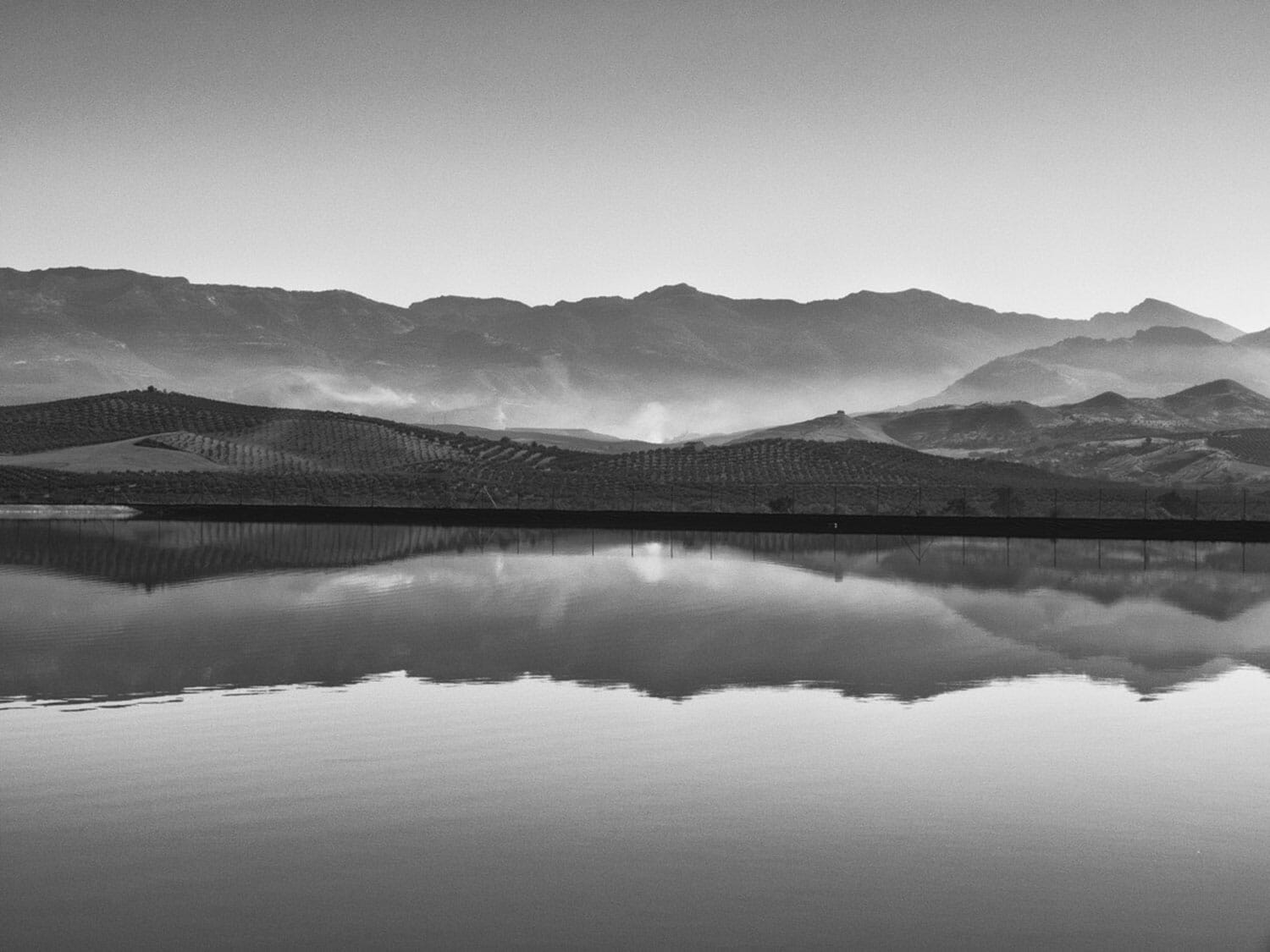Photo by Nicholas Coleman
Coleman Collection #6
PRODUCER
Castillo de Canena
CULTIVAR
Picual
Harvest Date
October 2016
REGION
Jaen, Spain
It is a challenge to produce world-class oil amidst a sea of cheap swill. But from the quiet and unspoiled hilltop village of Canena, Paco and Rosa Vano seamlessly fuse quantity with quality, tradition with innovation. They promote biodiversity by reforesting with seventeen different trees and thirty five beehives, compost with sheep manure, generate 2400 tons of biomass to reduce their carbon footprint and collect rainwater from a 500,000 cubic hectometer dam to irrigate their trees.
Jaen is the largest human planted tree forest in the world. Sixty million olive trees produce 20% of global oil production. Its landscape is dominated by the cuspidate Picual olive, stemming from the word Pico meaning pointed. There is also Arbequina, Cornicabra, Hojiblanca and the rare Royal olive scattered akimbo throughout the vast and disparate landscape.
I’ve obtained the cream of the crop – a first days harvest Picual oil. The olives are cold extracted when 85% lemony green at 18 degrees Celsius to preserve their volatile aromas and polyphenols. Early harvest oils were reserved throughout antiquity to nobility as they produced lower yields while packing a vibrant punch of fresh herbs, pleasant bitterness and an elongated spice. Best in raw form anointing vegetables, soups, eggs, grilled seafood or roasted game.
Spain lays claim to the most land under vine than any other country, about 2.5 million acres. This, however, doesn’t mean Spain makes the most wine. Many of the vines are located in some of the hottest and driest areas of Europe – stymying productive grapevines. That said, where winemakers do make the effort to produce quality wines, the results are worth seeking out. Many of the wines from around Jaen are light, aromatic, and often times a bit fruity – even the best wine makers can’t offset the high sugar levels that result from long and hot summers. Even still, they make great compliments to such local classics as seafood fritters and gazpacho. Look for wines made from Moscatel for the whites and Mencia for the reds.
Unarguably, the most famous wines from Andalucía come from Jerez, where winemakers painstakingly craft the fortified wine, sherry. Through all its misconceptions and varied flavors, sherry is one of the world’s most important wines, the best of which are labeled Fino, signifying the driest and palest of all wines from this zone. Look for producers Valdespino and Emilio Lustau for a great introduction to the myriad moods of sherry country.



